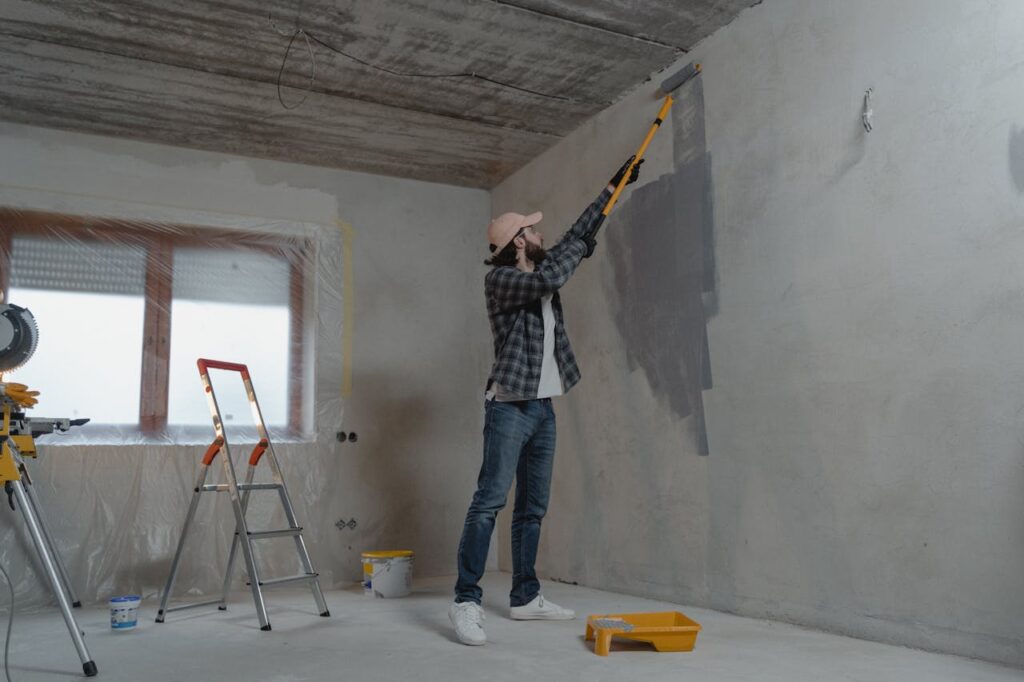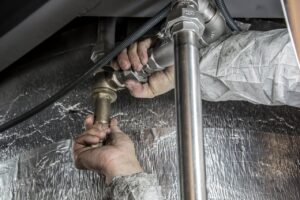
Chris Town Here, Owner Of Town Construction And Development Here With Some More Great Tips On Renovation Issues When Moving into an Older Seattle Home.
Moving into an older home with charm and character can be an exciting adventure. However, along with the unique history and architectural details, older homes often come with their share of unexpected renovation challenges. These surprises can catch you off guard, but with the right approach, they can be managed effectively. Understanding what to expect and how to tackle these issues can make the experience of settling into your new space smoother and less stressful.
The Reality of Buying an Older Home
When you decide to buy an older home, you’re choosing more than just a place to live—you’re embracing a piece of history. However, moving into an older home often means dealing with the wear and tear of age. Over time, everything from the plumbing to the roof will have experienced some level of deterioration. While these homes may have a strong foundation and solid construction, the years can take a toll on various components. That’s why a thorough inspection is essential before finalizing your purchase. It helps you understand the true condition of the home and prepares you for the potential renovation tasks ahead.
Choosing the Right Moving Company
When moving into an older home, managing the transition smoothly can be crucial, especially with the added tasks of renovation and settling in. For example, Virginia is known for its historic homes, with many charming older properties dating back to the 19th century. Hiring a reputable moving company can make a significant difference. By entrusting your move to professionals, you can focus your energy on restoring and adapting your new home rather than handling the logistics of the move. This is where helixmoveva.com can provide all the support you need so you can concentrate on enjoying your new home.
Preparing for Surprises when Moving into an Older Home
Even with a detailed inspection, surprises are almost inevitable when renovating an older home. It’s wise to anticipate unexpected issues and plan accordingly. Start by creating a flexible budget with a contingency fund—around 10-20% of your total renovation budget. This extra cushion helps cover unexpected costs, such as hidden water damage or outdated wiring that needs replacement. Prioritize your repairs by focusing on critical issues, like structural integrity and safety concerns, before moving on to aesthetic updates.
Create a flexible budget to avoid unpleasant surprises when moving into an older home.
Alt-tag: Woman sitting at a desk with a pen, a piece of paper, and a calculator.
Identifying and Addressing Common Issues
When renovating an older home, certain issues are more common than others. Addressing these key areas early on can save you time, money, and stress down the road.
Structural Concerns
The foundation and overall structure of an older home might have weakened over time. Look for signs like cracks in the walls, uneven floors, or doors that don’t close properly, which could indicate settling or structural damage. You need to address these issues early, as they can worsen and become more expensive to repair. For significant structural concerns, it’s best to consult a structural engineer or experienced contractor who can assess the situation and recommend the appropriate repairs.
Electrical Issues
Electrical systems in older homes can pose serious safety risks. Outdated wiring, such as knob-and-tube or aluminum wiring, may not be able to handle the demands of modern appliances and could be a fire hazard. If your inspection reveals these issues, consider upgrading to a safer, more efficient system. Installing new circuit breakers, outlets, and light fixtures can also bring your home up to current safety standards. Always consult a licensed electrician for any major electrical work to ensure it’s done correctly and safely.
Plumbing Problems
Older homes often have plumbing systems that have seen better days. Leaky pipes, corroded fixtures, and outdated materials like galvanized steel can lead to significant water damage if not addressed promptly. Begin by inspecting visible plumbing for signs of wear, such as rust or moisture stains. If leaks are found, it may be worth replacing old pipes with modern, durable materials like copper or PEX. Fixing small issues early can prevent bigger, more costly repairs down the line.
Structural, electrical, and plumbing issues are among the most common problems in older homes.
DIY vs. Professional Help
Deciding whether to tackle renovations yourself or hire a professional can be challenging. A DIY approach can save money and provide a sense of accomplishment for minor tasks like painting, replacing light fixtures, or simple landscaping. However, when it comes to more complex projects—like electrical work, plumbing, or structural repairs—hiring a professional is often safer and more cost-effective. Professionals bring expertise, proper tools, and knowledge of building codes, ensuring the job is done correctly the first time. Additionally, they can help prevent costly mistakes that could arise from attempting tasks beyond your skill level.
Managing the Renovation Process
Once you decide what needs to be done and who will do it, managing the renovation becomes your next priority. Start by creating a realistic timeline that accounts for potential delays, such as waiting for materials or dealing with unexpected issues. Staying organized is key—keep track of expenses, progress, and communication with contractors using a dedicated renovation plan or app. Clear communication with your contractors is also important; regular check-ins can help ensure everyone is on the same page and that the project stays on track.
Tips for Living Through Renovations
While living in your home during renovations can be challenging, it is manageable with some planning. Minimize disruption by setting up a temporary living space in an area of your home that isn’t being worked on. This could be a spare room or even the basement. To reduce dust and noise, consider using plastic sheeting to seal off work areas and investing in air purifiers. If possible, schedule the most disruptive work for times when you can be away from the house, such as during work hours or vacations.
To escape the noise, move to a different room. Or a different street.
Long-Term Maintenance and Care
Once the renovations are complete, it’s important to keep up with regular maintenance to protect your investment. Routine checks on your home’s key systems—such as plumbing, electrical, and HVAC—can help catch potential problems before they become serious. Keep an eye out for signs of wear and tear, like small leaks, cracks, or electrical issues, and address them promptly. Establishing a seasonal maintenance schedule can also be beneficial; for example, inspecting your roof and gutters in the fall and checking for drafts in the winter.
Wrapping Up
Owning and renovating an older home comes with its unique set of challenges, but the rewards can be well worth the effort. By preparing for the unexpected, addressing key issues promptly, and maintaining your home with care, you can preserve its charm and character for years to come. Moving into an older home may require a bit more work, but it also offers the opportunity to create a space that’s truly your own—a home with history, personality, and a bright future.


